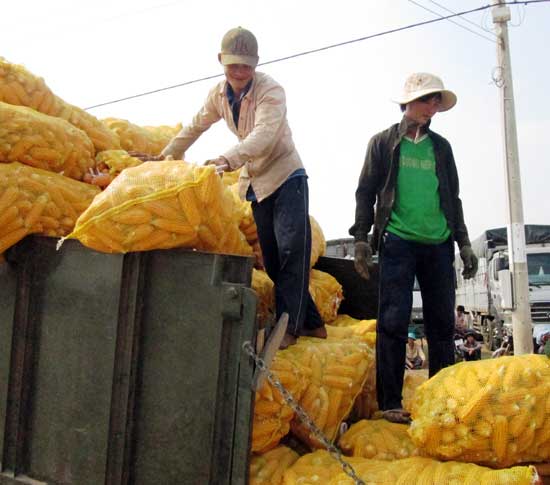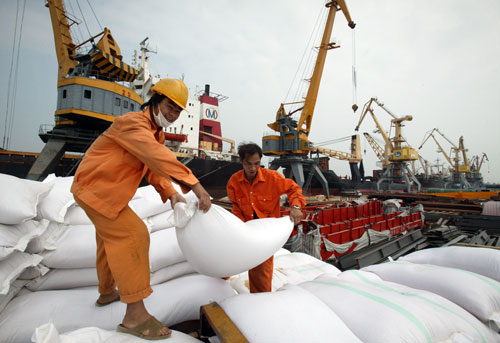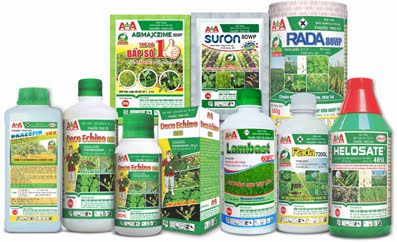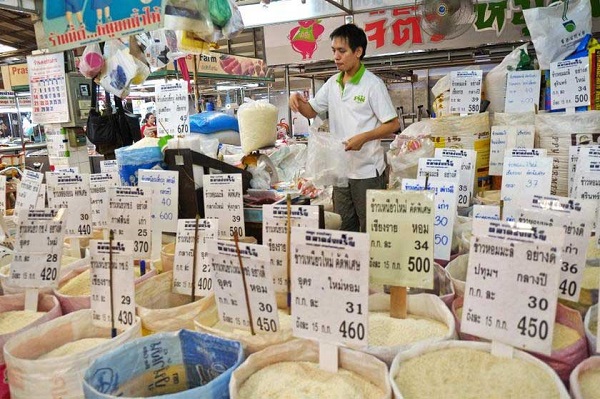Paradox import of animal feed
As an agricultural country, it is estimated that Vietnam still pays a large amount of foreign currency each year to import corn for processing animal feed.
It is in the internal contradiction of cultivation, when rice exports, even export difficult, and the corn must be imported. This reduces the competitiveness of the livestock sector. The paradox of exporting rice, importing corn It is a fact that the price of imported corn is always lower than that of domestic corn. This is the same for soybean. Not to mention, the amount of imports to buy as much, while domestic goods are not stable in terms of output, quality at different times is difficult for manufacturers.
According to the Institute of Agricultural Planning and Design, maize prices in our country range from 4,200 – 4,300 VND / kg, and farmers have to sell 5,000 VND or more to make a profit, while the amount of imported corn is increasing. fast, the price is very cheap. Corn prices from the US and Argentina to Vietnam’s ports are being offered at VND4,700 / kg.
According to Tran Xuan Dinh, deputy director of the Department of Crop Production (Ministry of Agriculture and Rural Development), maize production in the country only meets 40-45% of the demand for corn for feed Domesticated. In 2016, Vietnam imported $ 3.39 billion worth of feed and raw materials; Of this, Vietnam has to import 8.3 million tons of corn valued at 1.65 billion USD and import 1.56 million tons of soybean as raw materials for animal feed.
According to experts, the dependence of imported animal feed on the competitiveness of the livestock industry in Vietnam contains many risks. Currently, the livestock sector is heavily dependent on imported feeds, so the value of the sector is not high, even if it is profitable.
In recent 5 years, the price of animal feed has increased sharply, seriously affecting the development strategy of the industry, bringing low added value to domestic producers. Some of Vietnam’s feed production areas have not developed because of poor crop yields, and people are not involved in the feed supply chain for businesses.
Livestock feed accounts for 70-75% of the cost of animal products. While the raisers earn profits, the profits seem to fall into the hands of importers and feed mills. These enterprises are mostly foreign-invested enterprises.
Statistics show that although only 59 out of 239 feed processing plants in the country, the number of enterprises accounts for 60-65% of production.

Increase the area, reduce the cost
In order to improve the competitiveness of the livestock industry in general and to compete with imported maize in particular, the Vietnamese maize industry needs to solve the problem of how to reduce the cost per kilogram of commercial maize through two The main factor is to reduce the cost of cultivation and improve productivity.
According to Tran Xuan Dinh, our country lacks the technical package of maize production for each ecological region so the productivity is not high, high price, less competitive advantage over imported maize. From now to 2025, towards the year 2030, domestic corn production will continue to target the domestic market.
Hanoi is the country with the largest area of soybean in the country today and is determined to restore soybean area by many policies. According to the plan, the area of Hanoi’s Eastern crop will be sown in the soybean and short-term maize.
In the 2017-2020 season, Hanoi strives to cultivate 39,000ha including 7200ha soybean, 9,500ha corn, 450ha peanuts, 2,500ha sweet potato, 1,000ha potato, 16,000ha of legumes, 2,500ha, other crops 850ha.
Right from the winter of 2014, the Department of Agriculture and Rural Development in Hanoi in collaboration with the Center for Research and Development of beans, beans (Institute of Food Crops, food crops) policies to support 100% similar to the 50 ha model in My Thanh commune, with the DT26 soybean variety. According to farmers, soybean yields averaged more than 2 tons / ha.
Mr. Nguyen Van Thang, Director of the Center for Research and Development of peas assessed, with potential productivity of DT26 soybean varieties, if early seedling (before 20/9) and intensive cultivation, active irrigation Soil fertility in the Red River Delta can be achieved from 2.5 tons / ha or even 3 tons / ha. So it is still a plant that can compete with other warm winter crops.
The Department of Agriculture and Rural Development of Hanoi recommends that farmers use the short-term seed structure such as short-lived soybean varieties (Đ12, Đ8, ÐVN9); High yield F1 hybrid maize varieties (NK4300, NK6654, LVN4, HN88); Peanut varieties resistant to bacterial wilt, rust, brown spots (MD7, L23, L14); Sweet potato varieties (Hoang Long, VX-37, TV1).
Potato varieties (Solara, Marabel). For vegetables, expand the area of vegetables and foodstuffs, especially cold-loving plants and develop traditional vegetable growing areas.
In order to win the 2017-2015 season, the Hanoi Department of Agriculture and Rural Development requests districts and towns to adopt policies to support the development and maintenance of new technical advances, High-tech, contract farming models for farmers.
(According to Baotintuc.vn)




